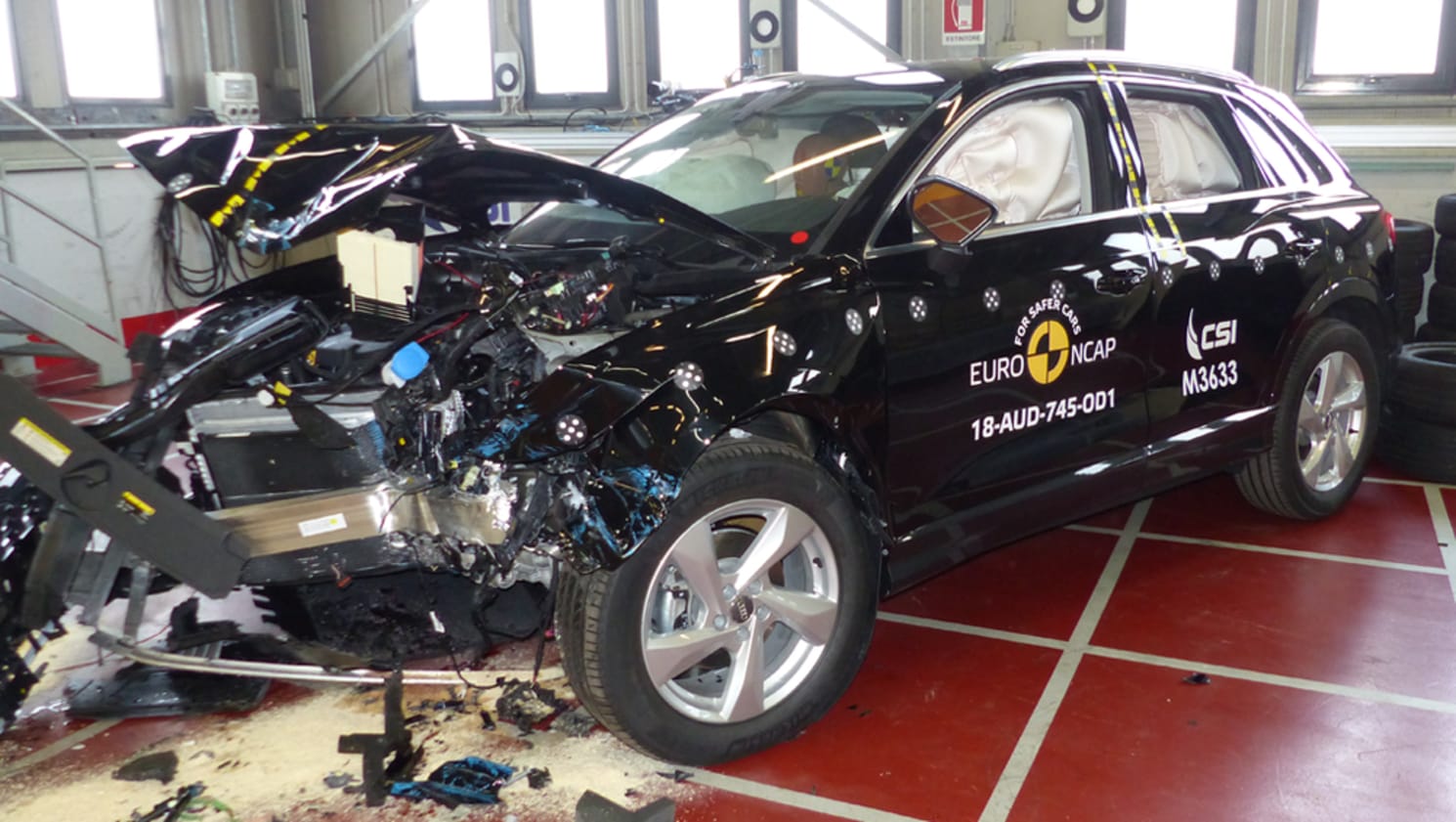The Australasian New Car Assessment Program (ANCAP) has revealed the new and updated testing and criteria it will introduce from 2023 as it continues to update its assessments for new-car safety.
While some of its new criteria had already been flagged as incoming, the full list of introductions highlights five key areas new cars must perform well in to be considered a five-star car.
Two areas of testing are new compared to previous years. The first is vehicle submergence testing, in which manufacturers must prove occupants can escape vehicles in the case of submergence, as happens in floodwaters or cars washed away at river crossings.
Primarily, the tests will determine if car doors can be opened without battery power and if windows are openable for up to two minutes after submergence.
Also new is the ability to prevent a child being locked in a car via notification of the driver or emergency services.
ANCAP says it expects a system to be able to “monitor the rear seats and/or doors and provide a visual or audible warning through the vehicle’s infotainment system upon existing, a honk of the car horn, a notification or alert to an app on the driver’s mobile phone, or an ‘eCall’ alert to emergency services”, or even crack the windows or turn on the air-conditioning.
Similarly in terms of child-protection, ANCAP will also assess automatic braking while reversing towards a child as part of its updated pedestrian and cyclist protection testing.
Automatic braking for cyclists approaching an intersection and ‘dooring’ alerts to prevent opening a car door into an approaching cyclist are also on the list.

For those with two wheels and an engine, there's updated testing for motorcyclist collision prevention, mainly via auto emergency braking (AEB) and active lane support systems.
“Test vehicles will need to be fitted with an AEB system capable of braking for a motorcycle in intersection turning scenarios, and where a vehicle is approaching a stationary or moving motorcycle from behind,” ANCAP says.
“Vehicles will also be tested for their ability to detect and prevent side-swipe-type crashes with a motorcycle through more sophisticated active lane support systems.”
Finally, ANCAP is updating its testing for head-on collision safety, particularly for cases where vehicles are likely to cross paths at relatively high speeds or at intersections.
The new testing comes into effect from January 2023, though cars already awarded ratings based on prior testing will retain their stars with the caveat that testing was done at an earlier date.












.jpg)
.jpg)

.jpg)

.jpg)

.jpg)





.jpg)


.jpg)